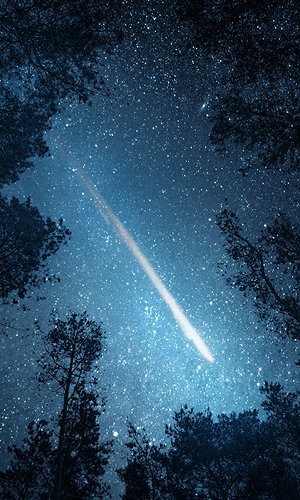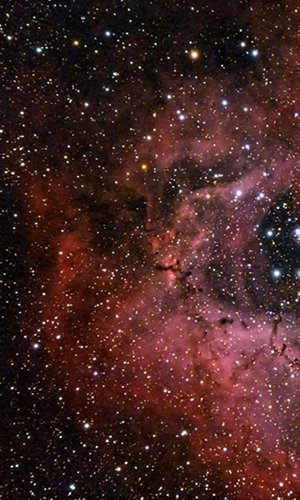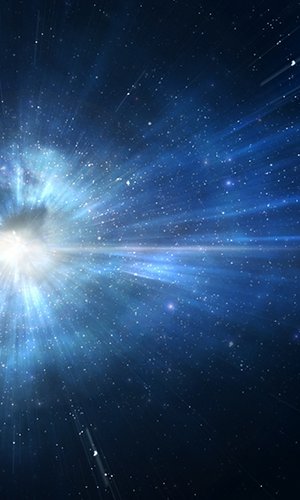Do you want a galaxy, ready to be served? Here is the recipe you need: take at least 100 billion stars and interstellar gas you desire. Add interstellar dust and dark matter, as required. Cook the mixture at a temperature of 1032K and do not forget the fundamental ingredient: gravity! Leave it all to cool for at least a billion years… and ready! you have a galaxy that you can serve! It seems easy to create a new galaxy, but really we did not know what a galaxy was, until a very few time ago. In the past, we didn’t have powerful observation instruments as today, so galaxies seemed small regions, placed everywhere in the skies and featured by a bright vagueness, called, exactly, nebulas.




